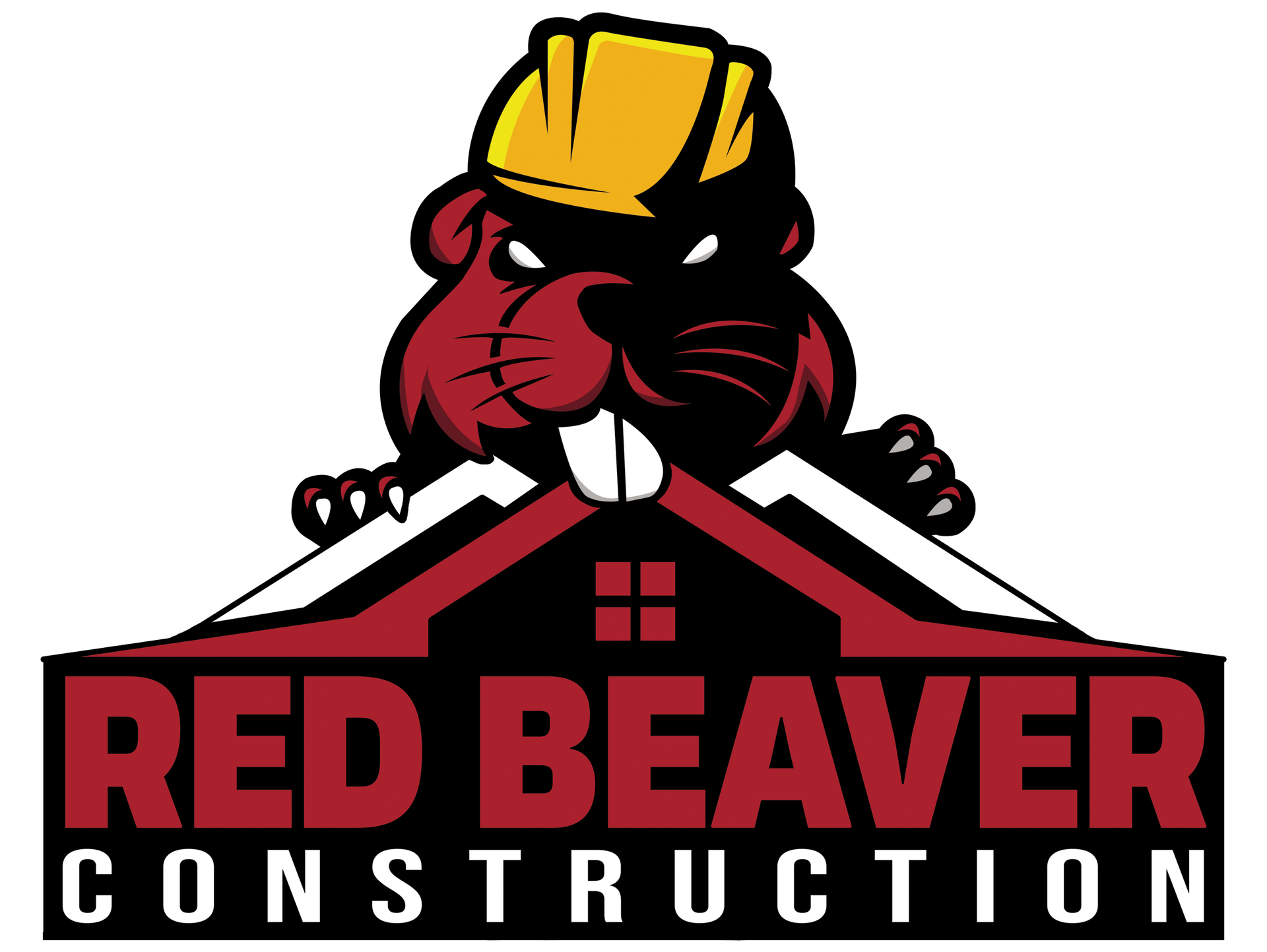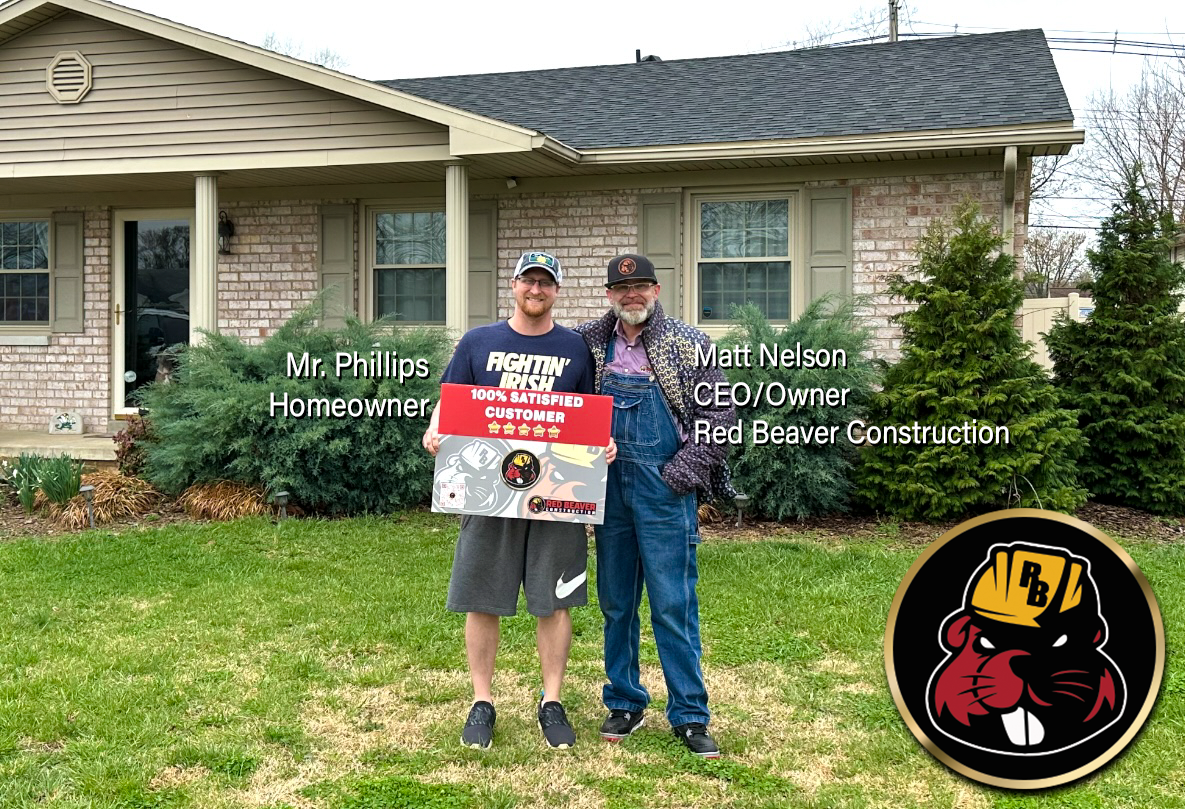General Contractor, Roofer, Storm Damage Specialist
Residential | Commercial
What is a Pole Barn? Our in depth look at Pole Barns
Michael Jones • July 9, 2024
A pole barn, also known as a post-frame building, is a versatile structure primarily used in agricultural settings but has gained popularity for various other purposes. These buildings are characterized by their post-frame construction, which involves the use of large poles or posts set into the ground to support the roof and walls. This method is cost-effective and allows for a wide range of design options, making pole barns suitable for everything from storage facilities to workshops and even residential homes.
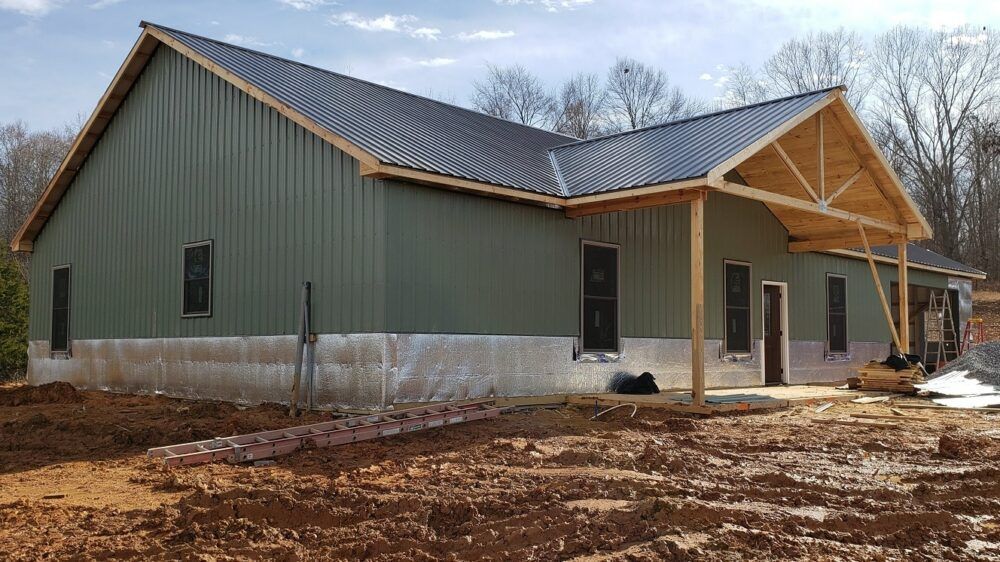
Table of Contents
- Introduction to Pole Barns
- Types of Pole Barns
- Pole Barn Components
- Concrete Pads for Pole Barns
- Add-ons for Pole Barns
- Financing Options
- Contact Us
Introduction to Pole Barns
Pole barns
are an ideal solution for a variety of building needs due to their durability, cost-effectiveness, and flexibility in design. At Red Beaver Construction, we specialize in providing top-quality pole barn construction services
tailored to meet your specific requirements.
Types of Pole Barns
Agricultural Pole Barns
Agricultural pole barns are commonly used for housing livestock, storing equipment, and protecting crops. These barns can be customized to include features such as large doors for machinery, ventilation systems, and insulation to maintain a suitable environment for animals.
Benefits of Agricultural Pole Barns
Agricultural pole barns offer numerous benefits that make them an excellent choice for farmers and ranchers. One of the primary advantages is their ability to provide a safe and controlled environment for livestock. Proper ventilation systems and insulation can help maintain optimal temperatures, ensuring the health and productivity of animals. Additionally, the open design of pole barns allows for easy access and movement of large machinery, making it convenient for farmers to store and manage their equipment.
Customization Options
When it comes to customization, agricultural pole barns offer endless possibilities. Farmers can choose from a variety of door types, including sliding doors, overhead doors, and bi-fold doors, depending on their specific needs. Furthermore, the interior layout can be tailored to accommodate different storage requirements, such as feed storage, hay storage, or equipment storage. This level of flexibility ensures that each pole barn is uniquely suited to the farmer's operations.
Residential Pole Barns
Residential pole barns are an increasingly popular choice for homeowners looking for a spacious and affordable living solution. These structures can be designed to include all the amenities of a traditional home, including kitchens, bathrooms, and bedrooms. Additionally, they offer the advantage of large open spaces that can be used for multiple purposes.
Versatility and Design
One of the key benefits of residential pole barns is their versatility in design. Homeowners can customize the layout to create a comfortable and functional living space. For example, large open areas can serve as living rooms, dining rooms, or recreational spaces, while separate rooms can be designated for bedrooms, offices, or storage. The high ceilings commonly found in pole barns also provide an airy and spacious feel, making the home more inviting.
Cost-Effectiveness
Building a residential pole barn is often more cost-effective than constructing a traditional home. The post-frame construction method requires fewer materials and less labor, reducing overall costs. Additionally, the speed of construction is typically faster, allowing homeowners to move into their new residence more quickly. These cost savings make residential pole barns an attractive option for those looking to build a custom home on a budget.
Commercial Pole Barns
Commercial pole barns are used for various business purposes, such as retail spaces, office buildings, and warehouses. Their flexible design allows for easy modification and expansion as the business grows. Features like mezzanine floors, climate control, and specialized storage can be incorporated to meet specific commercial needs.
Ideal for Businesses
Commercial pole barns offer a practical and economical solution for businesses in need of additional space. The open floor plan design allows for easy customization to suit different business operations. For instance, retail businesses can benefit from large, open sales floors, while warehouses can maximize storage capacity with tall ceilings and wide bays. The flexibility of pole barns means they can be adapted to various industries, from manufacturing to agriculture.
Expansion and Modification
As businesses grow, their spatial needs often change. Pole barns are designed with expansion in mind, making it easy to add additional sections or modify existing layouts. This adaptability is a significant advantage for businesses that anticipate future growth or changes in operations. Adding mezzanine floors, climate control systems, or specialized storage areas can enhance the functionality and efficiency of the space.
Pole Barn Components
Posts
The posts are the primary structural element of a pole barn. Typically made from treated wood or steel, these posts are embedded into the ground or attached to a concrete footing to provide stability and support for the entire building.
Material Options
When choosing posts for a pole barn, it's essential to consider the material. Treated wood posts are commonly used due to their durability and resistance to rot and pests. Steel posts, on the other hand, offer superior strength and are often preferred for larger structures or areas with challenging soil conditions. Both options provide the necessary support and longevity required for pole barn construction.
Installation Process
The installation process for posts involves precise measurements and careful placement to ensure structural integrity. The posts are typically set into pre-dug holes and secured with concrete footings. This method provides a stable foundation that can withstand various environmental conditions, including high winds and heavy snow loads.
Roofing
Pole barn roofs are usually made from metal due to its durability and low maintenance requirements. Metal roofing can be customized in various colors and finishes to match the aesthetic preferences of the owner.
Advantages of Metal Roofing
Metal roofing is an excellent choice for pole barns because of its numerous advantages. It is highly durable, withstanding harsh weather conditions such as rain, snow, and hail. Additionally, metal roofing is fire-resistant and requires minimal maintenance, making it a cost-effective option in the long run. The reflective properties of metal also help in reducing cooling costs during the summer months.
Customization Options
Homeowners and businesses can choose from a variety of metal roofing styles and colors to match their aesthetic preferences. Whether it's a sleek, modern look or a more traditional appearance, metal roofing can be tailored to complement the overall design of the pole barn. Furthermore, the use of high-quality finishes can enhance the longevity and appearance of the roof.
Siding
The siding of a pole barn can be constructed from several materials, including metal, wood, and vinyl. Each material offers different benefits in terms of durability, cost, and appearance.
Metal Siding
Metal siding is a popular choice for pole barns due to its durability and low maintenance. It provides excellent protection against the elements and is resistant to pests and rot. Additionally, metal siding can be easily cleaned and does not require frequent painting or staining.
Wood Siding
Wood siding offers a classic and natural look that many homeowners find appealing. While it requires more maintenance than metal siding, such as regular painting or staining, wood siding can provide excellent insulation and a traditional aesthetic. It's essential to choose treated wood to prevent issues with rot and pests.
Vinyl Siding
Vinyl siding is another option that combines durability with low maintenance. It is resistant to weathering, pests, and rot, making it a practical choice for pole barns. Vinyl siding is available in a wide range of colors and styles, allowing for customization to match the desired look of the building.
Concrete Pads for Pole Barns
Importance of a Concrete Pad
A concrete pad provides a stable and durable foundation for a pole barn, ensuring the longevity and structural integrity of the building. It also offers a smooth, level surface that is essential for storing equipment and housing livestock.
Enhanced Durability
One of the primary benefits of a concrete pad is its enhanced durability. Unlike dirt or gravel floors, a concrete pad can withstand heavy loads and frequent use without shifting or settling. This stability is crucial for maintaining the structural integrity of the pole barn over time.
Improved Usability
A concrete pad also improves the usability of the pole barn. It provides a clean, level surface that is ideal for storing equipment, vehicles, and other heavy items. Additionally, it makes cleaning and maintenance more manageable, as debris and spills can be easily swept or hosed off.
Variables in Pouring Concrete
Pouring a concrete pad involves several critical variables:
- Soil Preparation: The ground must be properly leveled and compacted to prevent settling and cracking.
- Reinforcement: Steel rebar or mesh is often used to reinforce the concrete, providing additional strength.
- Mixing: The concrete must be mixed to the correct consistency to ensure it cures properly.
- Weather Conditions: Temperature and humidity levels can affect the curing process, so it's crucial to pour concrete under optimal weather conditions.
Soil Preparation
Proper soil preparation is essential to ensure a stable foundation for the concrete pad. The ground must be excavated to the correct depth and compacted to prevent future settling. In some cases, a layer of gravel may be added to improve drainage and further stabilize the soil.
Reinforcement
Reinforcing the concrete pad with steel rebar or mesh adds additional strength and durability. This reinforcement helps prevent cracking and ensures that the pad can support heavy loads. The rebar or mesh is typically placed in a grid pattern and secured before the concrete is poured.
Mixing and Pouring
The concrete must be mixed to the correct consistency to ensure it cures properly. This involves carefully measuring the ratio of water, cement, and aggregate to achieve the desired mix. Once mixed, the concrete is poured into the prepared area and leveled using tools such as a screed and float.
Curing Process
The curing process is critical to the strength and durability of the concrete pad. The concrete must be kept moist and at the correct temperature to prevent cracking and ensure proper curing. This may involve covering the concrete with plastic sheeting or using curing compounds to retain moisture.
Add-ons for Pole Barns
Insulation
Insulation is essential for maintaining temperature control within the pole barn. It helps keep the interior warm in the winter and cool in the summer, making it suitable for year-round use.
Types of Insulation
There are several types of insulation available for pole barns, including fiberglass, spray foam, and rigid foam. Each type offers different benefits in terms of cost, efficiency, and ease of installation. Fiberglass insulation is a cost-effective option that is easy to install, while spray foam provides superior insulation and air sealing.
Installation Considerations
Proper installation of insulation is crucial to its effectiveness. This involves ensuring that the insulation is evenly distributed and free of gaps or compression. Additionally, vapor barriers may be required to prevent moisture buildup and protect the insulation from damage.
Doors and Windows
Installing high-quality doors and windows improves the functionality and appearance of a pole barn. Options include sliding, overhead, and pedestrian doors, as well as various window styles to enhance natural light and ventilation.
Door Options
Choosing the right doors for a pole barn is essential to its usability. Sliding doors are a popular choice for large openings, while overhead doors are ideal for garages and workshops. Pedestrian doors provide convenient access for people, and they can be equipped with locks and security features for added protection.
Window Options
Windows enhance the aesthetic appeal of a pole barn and provide natural light and ventilation. Various styles are available, including single-hung, double-hung, and sliding windows. Additionally, windows can be fitted with screens and shutters to improve ventilation and security.
Ventilation
Proper ventilation is vital for maintaining air quality inside the pole barn, especially when housing livestock or storing chemicals. Ventilation systems can include ridge vents, exhaust fans, and louvered openings.
Types of Ventilation Systems
There are several types of ventilation systems available for pole barns, including natural and mechanical ventilation. Natural ventilation relies on openings such as windows, doors, and vents to allow air to circulate. Mechanical ventilation uses fans and ducts to control airflow and maintain a consistent environment.
Importance of Ventilation
Proper ventilation is essential for maintaining a healthy and comfortable environment inside the pole barn. It helps remove excess moisture, prevent the buildup of harmful gases, and regulate temperature. This is particularly important for barns used to house livestock, as poor air quality can negatively impact animal health and productivity.
Red Beaver Construction
offers flexible financing options to help you build the pole barn of your dreams without straining your budget. We work with various financial institutions to provide competitive rates and terms that suit your needs.
Benefits of Financing
Financing your pole barn construction offers several benefits. It allows you to spread the cost of the project over time, making it more manageable and affordable. Additionally, financing can provide access to larger or more customized projects that might not be feasible with upfront payment.
Financing Process
The financing process is straightforward and designed to be as hassle-free as possible. Our team will work with you to understand your financial situation and help you choose the best financing option. We partner with reputable financial institutions to offer competitive rates and flexible terms.
Contact Us
For more details about our pole barn services
or to discuss your specific project requirements, please visit our website at www.redbeaverconstructionllc.com
or call us at (812) 421-9999. Our team of experts is ready to assist you in creating a custom pole barn that meets your needs and exceeds your expectations.
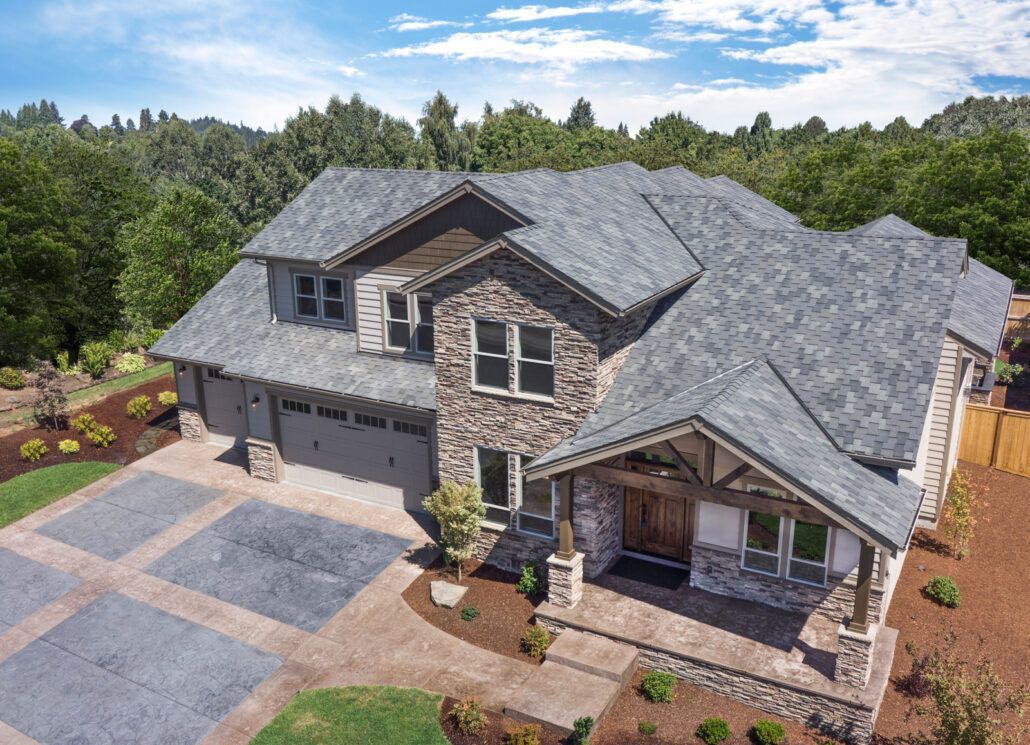
By Michael Jones
•
June 20, 2024
Explore Red Beaver Construction's comprehensive roofing services for both residential and commercial properties. From roof repair and replacement to gutter installation and storm damage repair, we offer reliable and high-quality solutions. Discover our specialized options including flat roofs, metal roofing, and asphalt shingles. Contact us today to learn about our new financing options and get started on your roofing project.

By Michael Jones
•
June 20, 2024
Discover Red Beaver Construction's premium roofing services, including roof repair, replacement, and new installations. Now offering flexible financing options to make your roofing project affordable. Contact us today for a free consultation and experience the best in roofing solutions.

By Michael Jones
•
June 10, 2024
Discover how Red Beaver Construction can help you recover from storm damage with our comprehensive services. From emergency response and roof repairs to water damage restoration and insurance claims assistance, we ensure your property is restored efficiently and effectively. Learn more about our expert team and why we are the best choice for storm damage recovery.
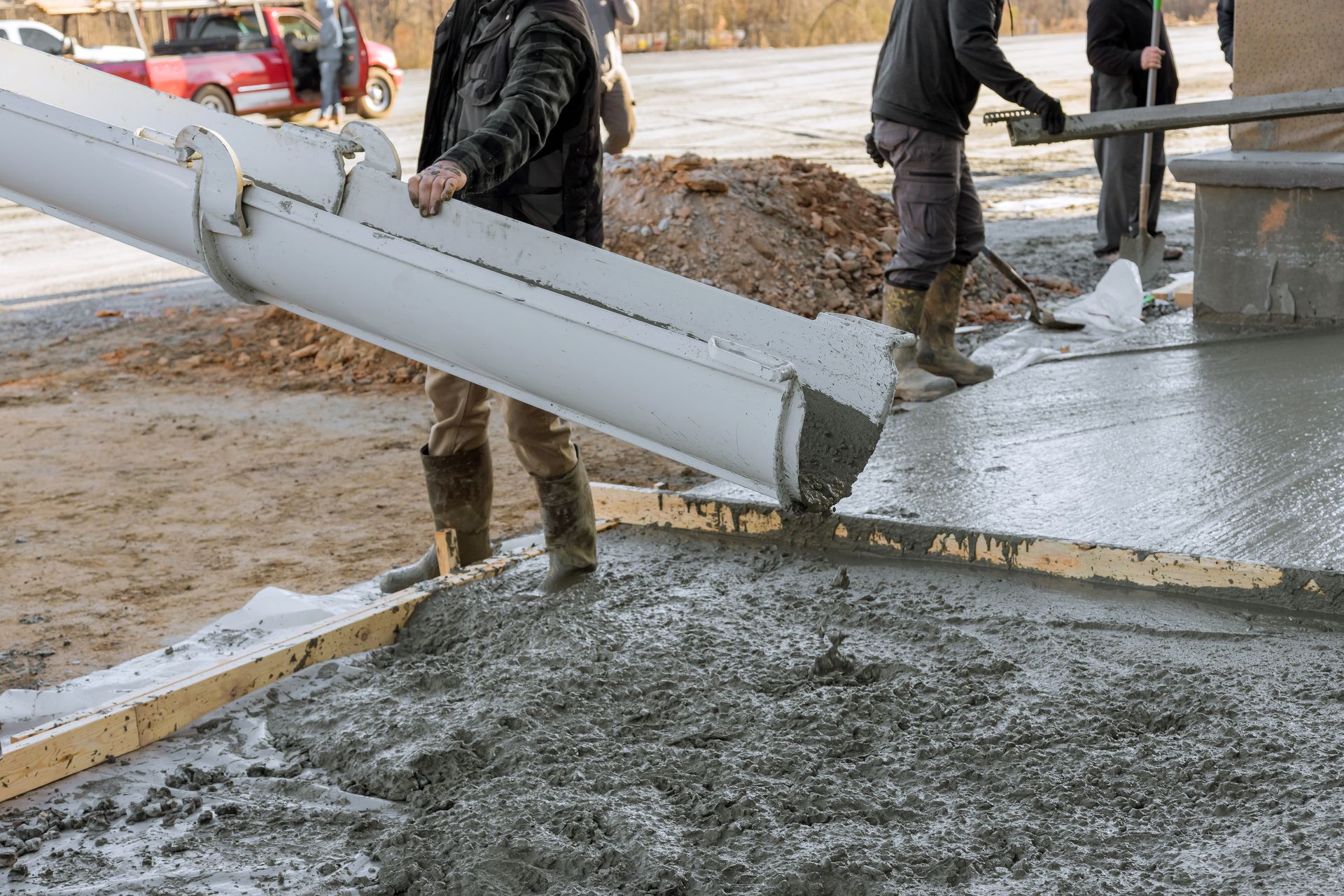
By Michael Jones
•
June 7, 2024
Explore Red Beaver Construction's comprehensive concrete services, from robust foundations to aesthetically pleasing decorative concrete. Learn about their expertise in driveways, patios, structural concrete, and more. Discover the benefits of choosing Red Beaver Construction for your next project, backed by customer testimonials and a commitment to quality and customer satisfaction.
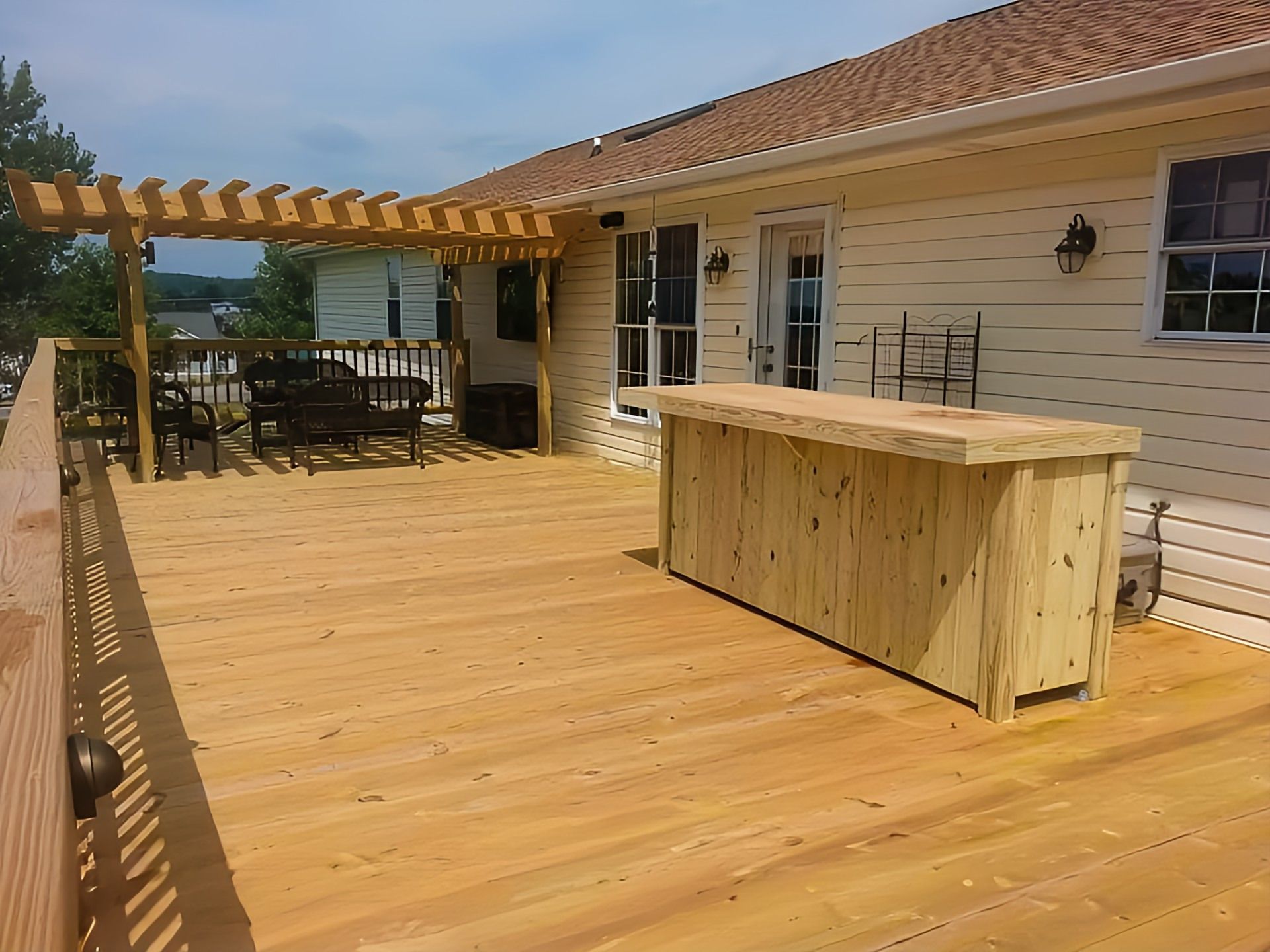
By Michael Jones
•
June 3, 2024
Transform your yard space with Red Beaver Construction! Explore various outdoor projects like patios, decks, fences, and pergolas. Learn about the best materials and design tips to create your dream outdoor living area. Enjoy factory direct savings on materials and labor with Red Beaver Construction. Call (812) 421-9999 to start your transformation today!
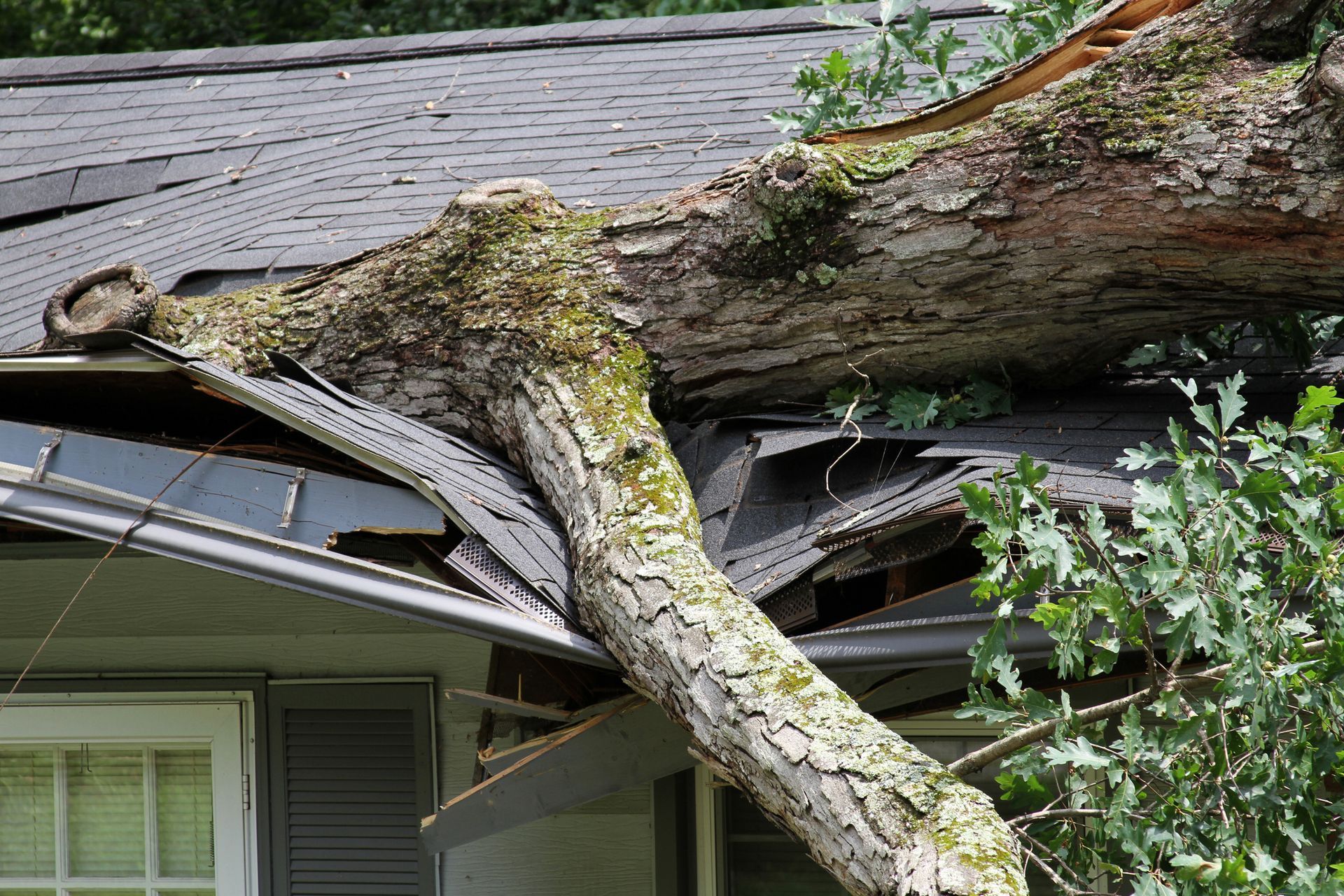
By Michael Jones
•
May 28, 2024
Discover Red Beaver Construction's comprehensive tree removal services. Whether it's routine maintenance or emergency tree removal, our expert team is equipped to handle it all. We offer 24/7 emergency tarp services and work with your insurance to ensure a smooth process. Contact us today at (812) 421-9999 for safe, efficient, and reliable tree removal.

By Michael Jones
•
May 17, 2024
When it comes to protecting your home , a solid, reliable roof is essential. Over time, even the best roofs can wear down, leading to leaks, energy inefficiencies, and potential structural damage. If you’re in need of a complete roof replacement , look no further than Red Beaver Construction . Here’s why choosing us is the smartest decision for your home and your peace of mind. Unmatched Expertise and Experience At Red Beaver Construction, we bring years of experience to every project. Our team of skilled professionals is well-versed in the latest roofing techniques and technologies. We understand the intricacies of different roofing materials and how to install them for maximum durability and efficiency. Whether it’s asphalt shingles, metal roofing, or any other material, our experts ensure that your new roof is built to last. Quality Materials for Long-Lasting Results We believe that quality materials are the foundation of a superior roof. That’s why we source only the best roofing products from trusted manufacturers. Our commitment to quality means that you can expect a roof that not only looks great but also stands up to the harshest weather conditions. Investing in high-quality materials means fewer repairs and a longer lifespan for your roof, saving you money in the long run. Customized Solutions for Your Home Every home is unique, and so are its roofing needs. At Red Beaver Construction, we offer personalized roofing solutions tailored to your specific requirements. Our team conducts a thorough assessment of your current roof and discusses your preferences and budget to recommend the best options. Whether you’re looking for a traditional aesthetic or something more modern, we have the expertise to deliver a roof that complements your home’s style. Transparent and Competitive Pricing Roof replacements are a significant investment, and we understand the importance of clear, upfront pricing. With Red Beaver Construction, you’ll receive a detailed estimate with no hidden fees. We believe in honest, transparent pricing to help you make an informed decision. Our competitive rates ensure that you get the best value for your money without compromising on quality. Exceptional Customer Service From the initial consultation to the final inspection, our focus is on providing outstanding customer service. We pride ourselves on clear communication, timely project completion, and a hassle-free experience. Our team is always available to answer your questions and address any concerns, ensuring you feel confident and satisfied with every step of the process. Comprehensive Warranty for Peace of Mind A new roof is a significant investment, and we stand behind our work with comprehensive warranties. Our warranties cover both materials and workmanship, giving you peace of mind knowing that your investment is protected. If any issues arise, you can count on Red Beaver Construction to resolve them promptly and professionally. Eco-Friendly Roofing Options For those looking to reduce their environmental footprint, we offer a range of eco-friendly roofing options. From energy-efficient materials that help lower your energy bills to sustainable products made from recycled materials, we provide solutions that benefit both your home and the environment. Let us help you make a positive impact with a roof that’s as green as it is durable. Join the Red Beaver Family Choosing Red Beaver Construction means becoming part of a community dedicated to excellence in roofing. Our satisfied customers are our best advocates, and we take pride in the positive feedback we receive. Join the Red Beaver family and experience the difference that comes with superior craftsmanship, top-notch materials, and a team that genuinely cares about your home. Contact Us Today for a Free Consultation Ready to upgrade your roof with the best in the business? Contact Red Beaver Construction today for a free, no-obligation consultation. Let us show you why we are the preferred choice for complete roof replacements. Your home deserves nothing less than the best, and with Red Beaver Construction, that’s exactly what you’ll get.
Contact Information
Content, including images, displayed on this website is protected by copyright laws. Downloading, republication, retransmission or reproduction of content on this website is strictly prohibited. Terms of Use
| Privacy Policy
